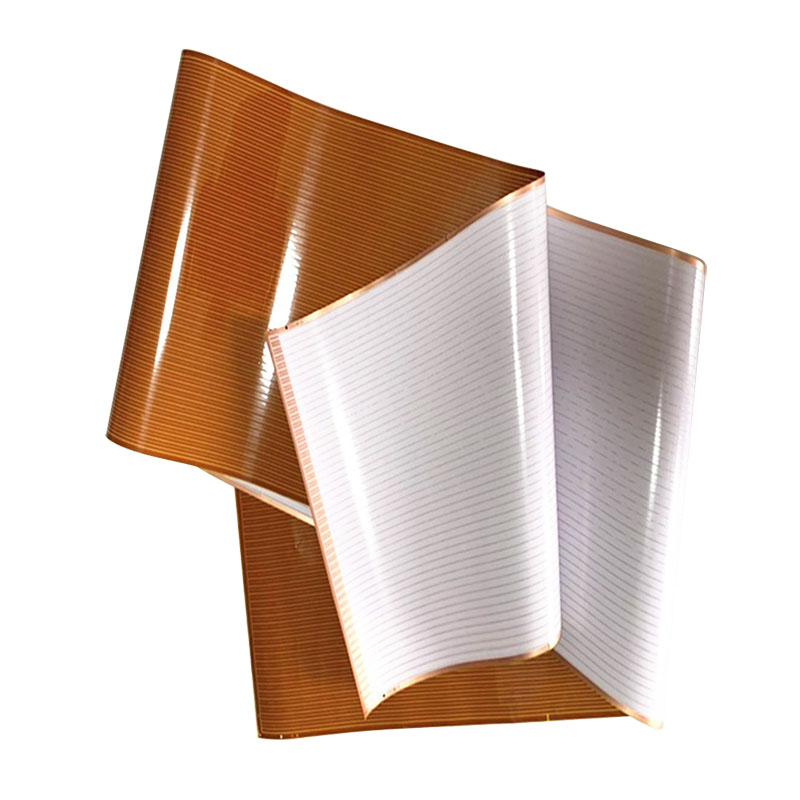
Single-sided and double-sided PCBs differ in several key aspects, including their structure, functionality, and applicability.
As the name suggests, a single-sided PCB has a single conductive layer (usually copper) on one side of an insulating substrate (such as fiberglass or plastic). This conductive layer carries the circuit traces and components are mounted or soldered only on this side.
conductive material) that allow signals to pass from one side to the other.
Due to its simpler structure, a single-sided PCB is often used in applications that require less complex circuitry. It is ideal for low-cost, low-density, and straightforward electronic designs.
A double-sided PCB offers increased density and more complex circuitry, making it suitable for medium to high-complexity electronic designs. The ability to route signals on both sides and connect them through vias allows for more efficient use of space and increased functionality.
Commonly used in simple electronic devices such as toys, remote controls, and basic electronic circuits where cost and simplicity are primary concerns.

Widely used in a variety of industries and applications, including telecommunications, power supply, computer systems, industrial control, digital products, medical devices, and aerospace defense. They are particularly suited for products that require a higher level of integration and functionality.
While both single-sided and double-sided PCBs undergo similar manufacturing processes, such as design, etching, drilling, and plating, the double-sided PCB requires additional steps to create vias and ensure proper electrical connection between the two sides.
In general, double-sided PCBs tend to be more expensive than single-sided PCBs due to their increased complexity and manufacturing requirements. However, the cost difference can vary depending on the specific application and design requirements.
In summary, the main difference between single and double-sided PCBs lies in their structure, functionality, applicability, manufacturing process, and cost. While single-sided PCBs are suitable for simple and low-cost applications, double-sided PCBs offer increased density, complexity, and functionality, making them ideal for a wider range of electronic designs.